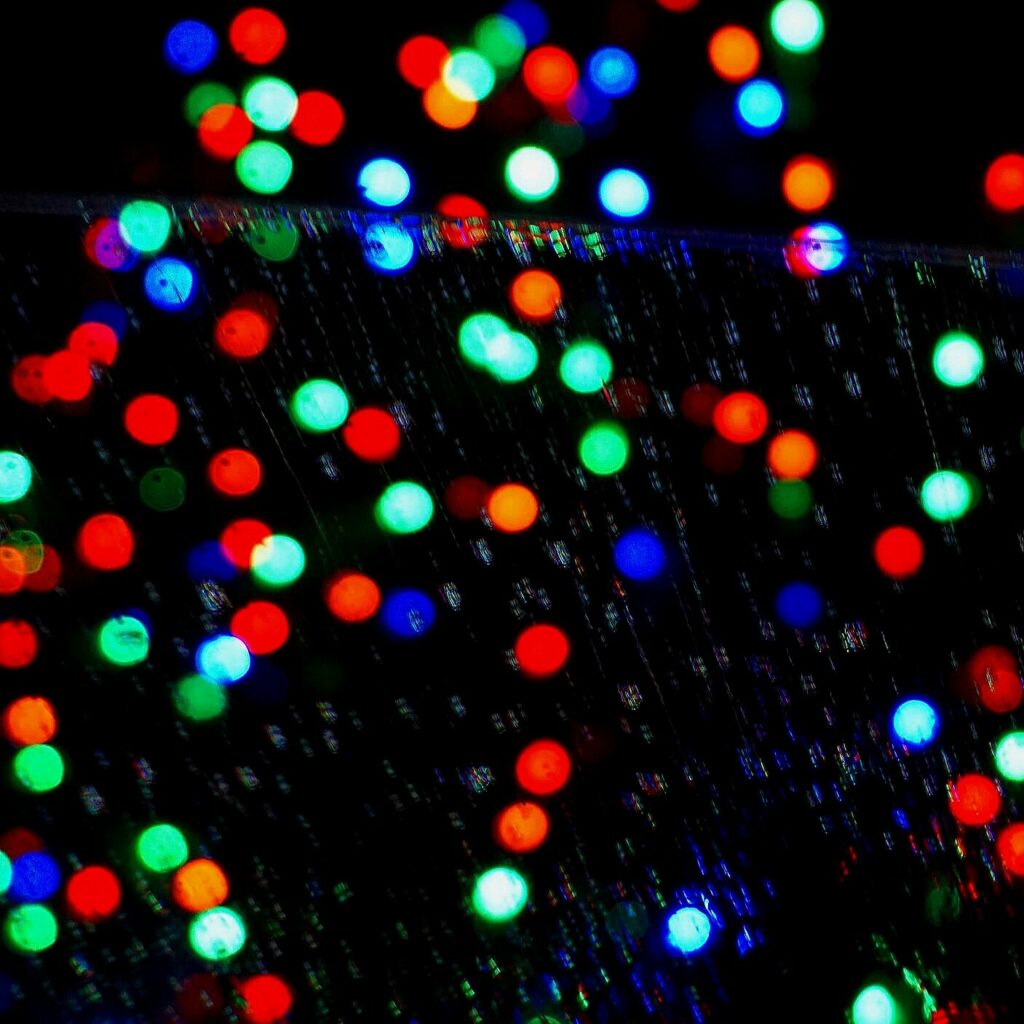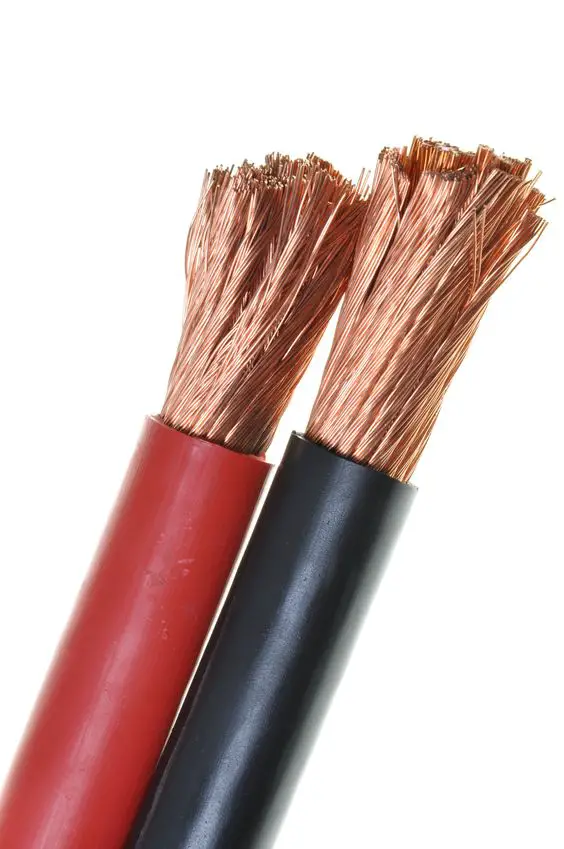Can Christmas Lights Overload The Electrical Circuit?
During the Christmas holidays, it is very common to decorate your home with plenty of different things such as candles, trees and very commonly Christmas lights. While Christmas lights are very pretty and add a lot of atmosphere to the holidays, people may experience certain issues with them.
One issue that is often experienced with Christmas lights is that they overload the electrical circuit. This happens when the amount of power the lighting uses exceeds the power marked on the circuit breaker, meaning that it will cut the power in order to not overload the electrical wiring.

How Much Can You Load The Circuit Before The Breaker Trips?
In order to not overload the circuit, we should look at how much the circuit can actually be loaded before it starts to cut the power. This depends on 2 main things, which both have to do with what kind of fuse you have installed.
The first thing it depends on is simply how much the fuse is marked. Fuses/circuit breakers are marked with the number of amps (A) of current that can pass through it before it cuts. In the US some common markings are 15, 20, 25 Amps and 10,13,16A for the EU.
The reason why the US markings are higher than the EU is that they generally use thicker cables, which allow them to handle a bigger current without posing a fire risk.
While this is true it can be a bit misleading, because the home outlet voltage in the US is lower than that of the EU. The US operates at roughly 120V while most of the EU operates at 220V-240V. This means you can effectively get similar power output from both regions since the power is dependent on the voltage (V) and the current (A).
In order to calculate how much power a fuse allows before breaking you will multiply the voltage (V) of the system with the current (A) marked on it. This means that across these regions you can load the fuses with around 2000W-2400W without them cutting the current.
While the fuse size is the single most important factor that decides how much you can load the electrical circuit, it can also depend on which sort of circuit breaker you have.
There are 2 main types of fuses, the older bottle fuses (diazed) fuses and the more modern miniature circuit breakers. The reason that this matter is that they are not equally as sensitive to overloads.
Older bottle fuses can usually run at about 115% of their power without breaking due to the way they are constructed. They will however break within a few hours if ran at 115%, but they are not extremely sensitive to overloading the system.
The same however can not be said for the miniature circuit breakers. These measure the electrical current by the electromagnetic field it creates, meaning that it is much more capable of cutting the current whenever it exceeds the marking. Despite this, they usually leave a little bit of leeway with small overloads, usually documented to handle a ~7% overload before breaking the circuit.
How Much Power Do Christmas Lights Use?
The power used by Christmas lights depends on a few factors. One of these factors is of course the quantity of lighting used since that directly impacts the power usage, but another important factor is which type of Christmas lights you use.
The different types are mainly between incandescent lights and LED-based lighting. This is important since LEDs will use around 80% less power per unit than incandescent ones, meaning that you can have 5x the amount of LED lights for the same power usage as incandescent lights.
For the actual wattage Christmas lights use we have reached over to christmaslightsetc.com for this quote;
“a 100-count string of incandescent mini lights runs at 40 watts, while a 70 count of 5mm Wide Angle LEDs is approximately 4.8 watts total.”
These numbers may vary from manufacturer and strengths of the individual lights, but this is a very solid baseline average for how much power Christmas lights use.
How Much Christmas Lighting Can You Put On One Circuit?
With these numbers in hand, we can look at how much you can load an empty fuse with Christmas lighting before it cuts the electricity.
For these example calculations, we are going to use assume that the power output the breakers can handle is 2400W. That said if you know how many watts your breakers can handle based on your own calculations you can use that number instead.
For incandescent Christmas lights the calculation looks like this;
2400W/40W = 60 strings of light.
For LED Christmas lights the calculation looks like this;
2400W/4,8W = 500 strings of light.
While it is generally true that you can load the circuit with far more LEDs than incandescent bulbs, these calculations can be a bit unrealistic. This is mainly due to the fact that it is not very common to have a completely unused fuse in which you can load all the Christmas lighting on.
It might be that you have other appliances or machines attached to the same circuit, which will then take up a chunk of the total watt you can use for Christmas lights. A more realistic number to look at might be closer to 1000W instead of 2400W. While this number may be conservative it can also lead you to not overestimate your fuses capabilities and overscale your decoration plans.
If we take the same calculation and replace 2400W with 1000W we get the following numbers instead.
Incandescent Christmas lights;
1000W/40W = 25 strings of light
LED Christmas lights;
1000W/4,8W = ~208 strings of light
While this calculation works great for incandescent lights it can still be inaccurate for LED lights. This is because you should be slightly more conservative with the amount of LED strings you use.
The reason for this is that LED lights are electronic loads which tend to have an inrush of electrical current upon startup. This means that if you load the fuse to its max capacity the breaker will trip on startup.
For this reason, I’d recommend you don’t use more LED strings than you normally would incandescent ones. You can try to see how many LED lights the fuse can handle via trial and error but generally, I’d recommend you try your best to not overload the circuit.
Consequences Of Overloading The Circuit
Now that we know how much we can load the electrical circuit, what are the consequences of overloading it anyway?
The most common consequence of doing this is simple; the circuit breaker will cut the power. If it doesn’t cut it immediately it will probably happen within a few hours, depending on the type of breaker you have as we’ve previously discussed.
If the circuit breakers for some reason don’t cut the power however it could lead to serious problems. This is because of the importance of not exceeding the allowed current of the electrical system, which normally is defined by the size of the wiring used and therefore also the fuse size.

The reason why it is important to not exceed the current market on the breakers is that the wiring it goes to is not capable of handling a larger current than the one prescribed.
The reason for this is because every electrical current generates heat and the heat generated by it is proportional to how big the current is. Most electrical wiring is made to handle temperatures of 60- 80°C (140°F-176°F) depending on what type of coating is used on it.
What this essentially tells us is that if we are to exceed the maximum current it is possible for the cables to heat up past these temperatures, meaning that they will become a potential fire hazard.
Summary
With all of this information at hand, what should you take away from this? The main takeaways from this should be around these different points;
The amount of LED-based Christmas lighting you can have attached to one circuit is far more than the number of incandescent equivalents. On average you can have 25 incandescent light strings or around 40 LED strings on one circuit.
The fuse size and the cable sizes are the main factors in how much you can load the circuit without it breaking.
If the system is overloaded it will most likely cause the circuit breakers to cut the electricity over and over again
Make sure not to purposefully overload the circuit as that can lead to major fire risks.





